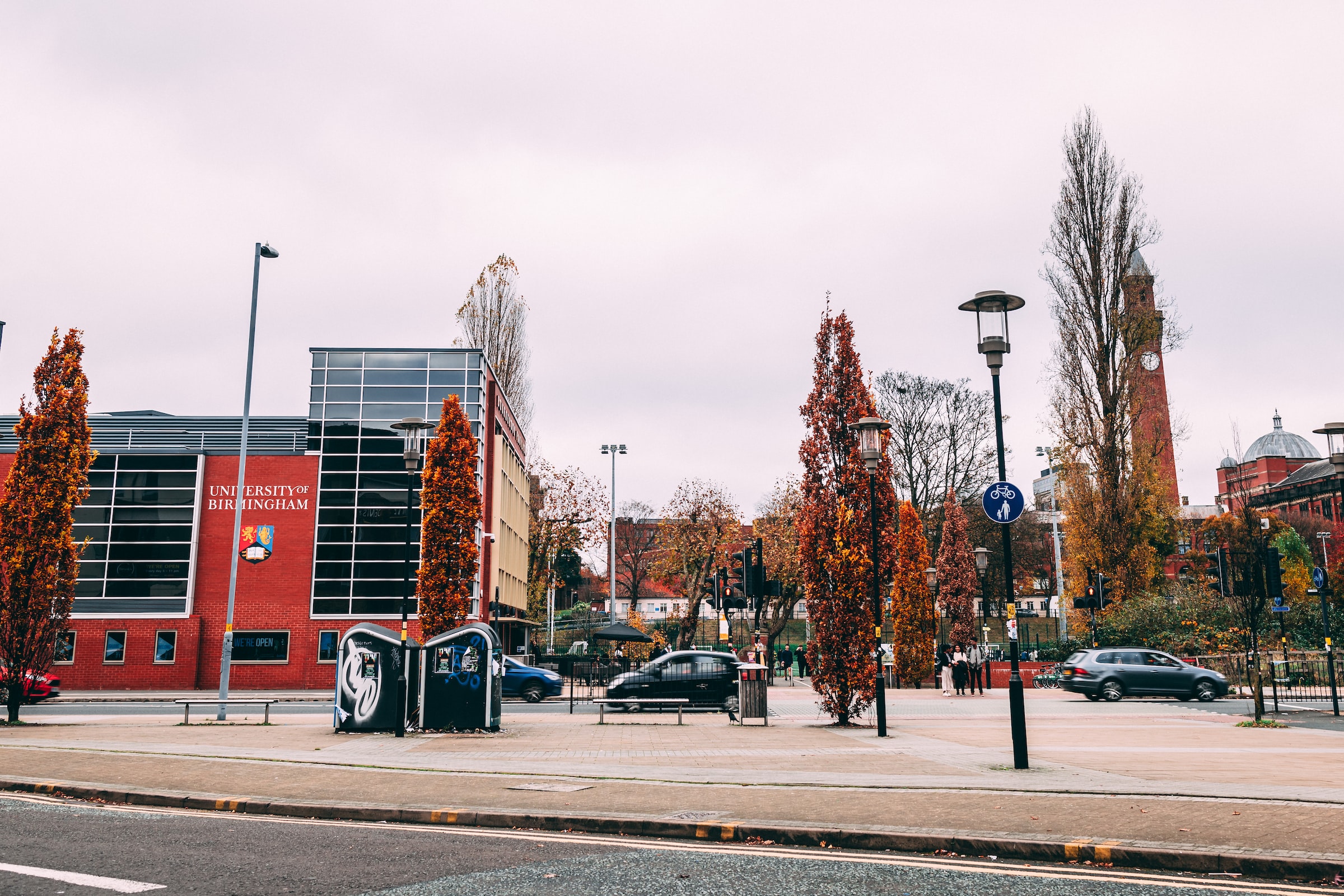
Deputy Editor Cat Osborne interviews Jen Ridding, Head of Public Engagement at the Barber Institute on how the gallery is adapting to make the arts more accessible during this pandemic
Over the last two years, I have had the privilege to volunteer with children’s art workshops and regularly attend events at the Barber Institute of Fine Art. Nestled in the centre of our campus, the Barber offers a plethora of cultural activities for students and the local community. However, due to COVID-19, the gallery’s doors are currently closed. I had the opportunity to speak to Jen Ridding, Head of Public Engagement, about how the Barber has adapted to online access and what the institution may look like post-lockdown.
Like most other institutions and workplaces, the Barber closed in the third week of March. Ridding described this as ‘a reactive and responsive situation to make sure that the building and the collection was safe and that everyone’s wellbeing and health were the most important things.’
Since then, the Barber has invested time and effort into creating online initiatives to ‘continue to engage with our audiences, share the collection and share the experience online.’ One of these is Barber Home, an online platform that allows the Barber ‘to support the arts economy’ by collaborating with freelance artists in what could be a troubling time for the arts. For instance, the page offers Laura Onions’ response to Charles-François Daubigny’s etching, ‘Interior of an Inn’, and guidance on how visitors can create their own responses. the Barber has invested time and effort into creating online initiatives to ‘continue to engage with our audiences, share the collection and share the experience online’
Barber Home also allows the Barber to collaborate with other cultural organisations. On 4th June, the Barber and CineQ, a queer film organisation, held a watch party that focused on queering a painting from the Barber’s collection. Enterprises such as this allow visitors to continue engaging with cultural events, such as Pride Month 2020. As well as Barber Home, the Barber continues releasing short audio clips about various objects from the collection as part of their Tuesday Talks series.
‘Culture can help us process trauma, shock, anxiety, big cultural shifts and changes’ said Ridding. This ethos is reflected in how the Barber has sustained its connection to their Recovery Art Group, a part of the family of regular visitors which helps people recovering from poor physical or mental health. ‘Whether our physical doors are open or not, we wanted to do all we could to maintain that access to culture.’ ‘Whether our physical doors are open or not, we wanted to do all we could to maintain that access to culture’
Ridding drew attention to ‘digital poverty’ and the fact that ‘not everyone has online access.’ As the Barber gains a clearer perspective of what the future of the institute may look like, with people gradually returning to normality, she explained that the Barber wants to ‘build a bridge to a time when we can do something a little more formal.’
Unfortunately, there is still no guaranteed date when the Barber will open its gallery doors again. The institution is waiting for external advice such as governmental guidance. However, with some of Britain’s leading galleries planning to reopen later this summer, there is hope that the Barber will be able to open over the year, in some shape or form.
For instance, if current government guidelines remain unchanged, this will involve measures to enable visitors to keep two metres apart. But Ridding sees that there may be a silver lining to an altered trip to the Barber with fewer people in the building: ‘maybe the new experience lends itself to quiet contemplation or a new place to think.’
Considering students, Ridding explained that the Barber is determined to ‘make sure that students have the ability to go to the galleries and enjoy them.’ With it looking like the usual vision of student life may be less attainable come September, the Barber wants to help students ‘connect and form communities.’ the Barber is determined to ‘make sure that students have the ability to go to the galleries and enjoy them’
‘We’re really proud of what we have done in a short space of time and want to continue online programmes such as the Tuesday Talks’ said Ridding. Hopefully, more digital content will sustain engagement for the Barber whilst social distancing measures remain in place.
Ridding ended our conversation on a poignant note that the Barber allows one to see ‘objects which are centuries old, if not older, that have survived wars, political upheavals, pandemics and more.’ By interacting with the collection, we can gain ‘a perspective on time and humanity that can bring people solace.’
For students, our next academic year is hard to predict but the Barber is committed to retaining its place as the cultural gem of our campus, in whatever form that may be.
Read more of Culture’s features on how the arts are adapting to lockdown:
Ballet Live Streams – The Professionals Making Ballet Accessible to All
The Everyday Muse: Finding Artistic Inspiration from the Mundane
Comments